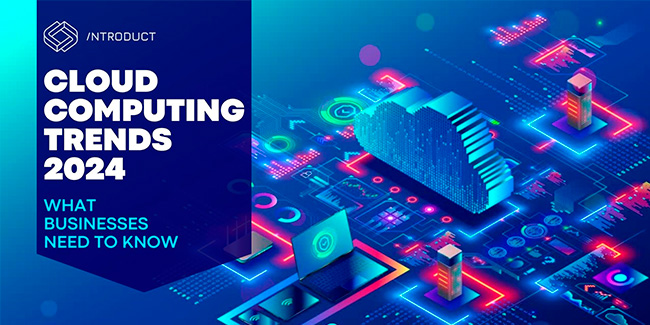

Introduct and Martins Untals’ book “The Invisible Complexity”


In this blog post, we’d like to introduce Marins Untals, our employee, a very good friend and an esteemed Introduct’s senior consultant. Moreover, we will introduce you to Martins Untals’ book “The Invisible Complexity”. This book provides insights into managing and overcoming the challenges often faced in large-scale IT projects.
The Author and The Book
Martins Untals is a seasoned IT professional now living in Dubai, UAE. With a career spanning over two decades, Martins has experienced every facet of corporate IT life. His experience includes entry-level technical roles to top-tier IT management. Furthermore, having experience as a purchaser of IT solutions and a vendor representative, Martins shares his point of view.
Bringing his background to the book, “The Invisible Complexity”, Martins explains the interplay between business needs and IT solutions within large organizations. This book dives deeper into the complexities that professionals face when managing large IT projects. Moreover, the book is essential for those involved in enterprise technology. Through his writing, Martins aims to bridge the gap between technical execution and strategic business objectives. He provides readers with practical insights and strategies to navigate the often challenging IT landscape.
Key Insights from the Martins Untals’ book “The Invisible Complexity”
In his book, Martins Untals unpacks such crucial concepts for navigating corporate environments as:
- Stakeholder Psychology. Understanding the motivations and desires of internal and external stakeholders is crucial. It helps in comprehending decision-making processes and learning how to effectively influence them.
- Enterprise Architecture. The book explains the significance of enterprise architecture in guiding company decisions, its purposes, and common pitfalls. It also discusses ways to influence it.
- Hidden Costs. Martins highlights the often-overlooked costs hidden in organizational decisions. He emphasizes the need to account for both non-financial costs and benefits to achieve more informed and effective outcomes.
The Invisible Complexity: Who Should Read and Why?
“The Invisible Complexity” by Martins Untals is a valuable resource for a wide range of professionals. It navigates the intricate world of corporate decision-making and technology. Here’s a breakdown of who would benefit most from reading this book and why:
- Middle Managers and Senior Specialists: The book is tailored for professionals in managerial and specialist roles within large organizations, providing them with insights into the dynamics of decision-making.
- Aspiring Professionals: It also serves as a guide for those aiming to ascend to these roles, offering a foundation for understanding corporate decision structures.
- Practical Examples: Readers will find real-world scenarios and technical discussions, particularly on enterprise architecture, making complex concepts accessible even to those with minimal digital training.
- Technology and Decision-Making: The book emphasizes the critical role of technology in modern business decisions, preparing readers to face future challenges and avoid common pitfalls in their industries.
To sum up, at Introduct, we’re excited to share insights from Martins Untals. “The Invisible Complexity” is a must for professionals who want to orient better in the complexities of technology and decision-making in corporate environments. The book serves as a critical resource, aligning perfectly with our mission to transform industries through technological excellence.
Conway’s law – Any organization that designs a system (defined broadly) will produce a design whose structure is a copy of the organization’s communication structure.
Melvin E. Conway
More Articles

Cloud Computing Trends 2024: What Businesses Need to Know Cloud Computing Trends 2024: What Businesses Need to Know
s clouds continue to expand around the world, companies feel their impact. Forecasts show that 95% of new workloads will be replaced in the cloud by 2025, so the usage of clouds is inevitable. So, what are these clouds? Cloud computing allows people to use new technologies without wasting money on buying or building expensive infrastructure for running these advanced computer applications.

Best practices for continuous integration and deployment Best practices for continuous integration and deployment
Have you ever wondered what's beneath successful CI/CD optimization? Central to this transformative approach is DevOps. It is a kind of philosophy that encourages collaboration, communication, and integration between developers and IT operations.
